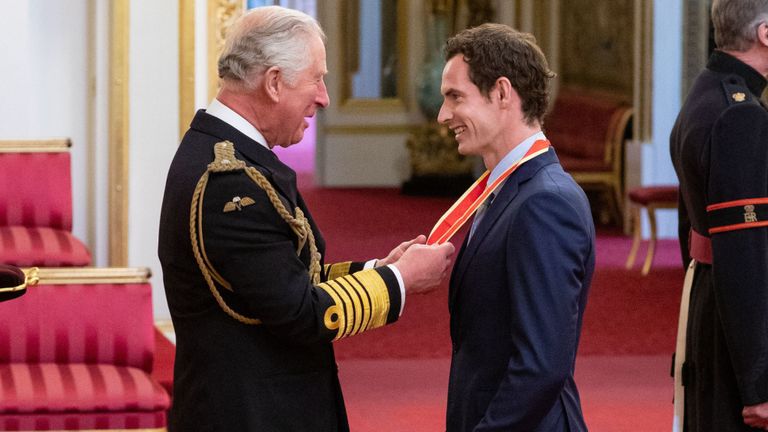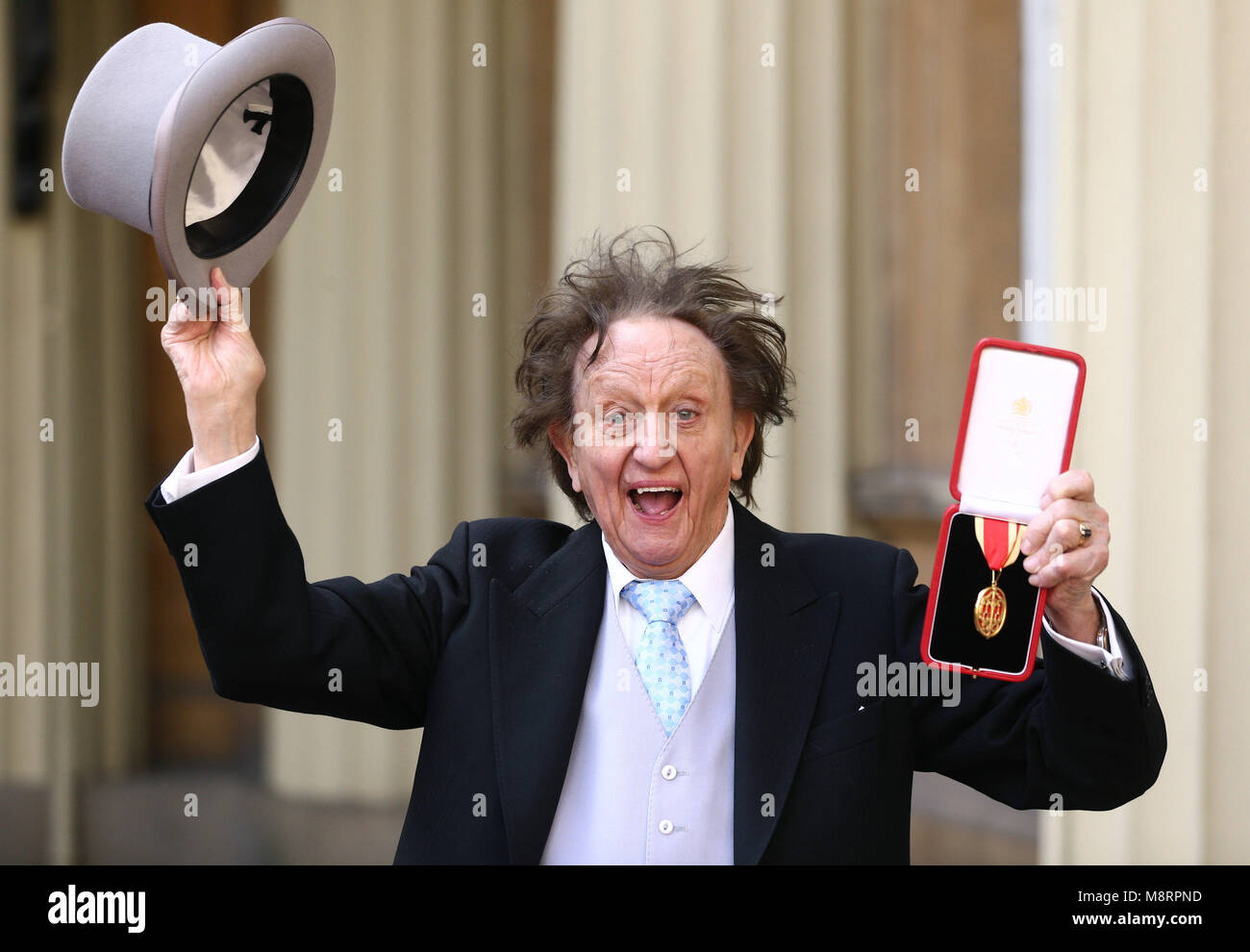
Military, science, art, literature, culture.

The Royal Victorian Medal, The Royal Victorian Chain Appointments are made at the Sovereign's sole discretion.

The Sovereign makes all appointments to the Order on the advice of the Government. Military officers for leadership while on active service. The Most Distinguished Order of Saint Michael and Saint GeorgeĪuspicium melioris ævi ("Token of a better age")ĭiplomats and colonial service. Tria iuncta in uno ("Three joined in one")Ĭivil division: senior civil servants Military division: senior military officers. Nemo me impune lacessit ("No one provokes me with impunity") The Most Ancient and Most Noble Order of the Thistle Relating to England, Wales and Northern Ireland. Honi soit qui mal y pense ("Shame upon him who thinks evil of it") The statutes of each order specify matters such as the size of the order, the use of post-nominal letters and insignia design and display. The current system is made up of six orders of chivalry and four orders of merit. In recent history, only Tony Blair and Gordon Brown have not taken up this privilege (although Brown did issue the 2010 Dissolution Honours to similar effect). Prime Minister's Resignation Honours īy convention, a departing prime minister is allowed to nominate Prime Minister's Resignation Honours, to reward political and personal service. The Prince of Wales, the Duke of Cambridge and the Princess Royal have deputised for the Queen at investiture ceremonies at Buckingham Palace. The honour's insignias are then presented by the Sovereign or her designated representative. Certain honours are conferred solely at the Sovereign's discretion, such as appointments to the Order of the Garter, the Order of the Thistle, the Royal Victorian Order, and the Order of Merit. Depending on their roles, those people selected by the honours committee are submitted either to the Prime Minister, Secretary of State for Foreign and Commonwealth Affairs, or Secretary of State for Defence for their approval before being sent to the Sovereign for final approval. Candidates are identified by public or private bodies, by government departments, or are nominated by members of the public. Since their decisions are inevitably subjective, the twice-yearly honours lists often provoke criticism from those who feel strongly about particular cases. Main articles: New Year Honours and Birthday HonoursĪ list of approximately 1,350 names is published twice a year, at the New Year and on the date of the Sovereign's (official) birthday. Nominations are reviewed by honours committees made up of government officials and private citizens from different fields, who meet twice a year to discuss the candidates and make recommendations for appropriate honours to be awarded by the Queen. Honours are split into classes ('orders') and are graded to distinguish different degrees of achievement or service, according to various criteria.
Knighthood medal full#
A full list is printed in the 'order of wear', published (infrequently) by the London Gazette. Medals are not normally presented by the Sovereign. These criteria may include a period of time and will often delimit a particular geographic region. Each one recognises specific service and as such there are normally set criteria which must be met. Various orders of knighthood have been created (see below) as well as awards for military service, bravery, merit, and achievement which take the form of decorations or medals. Since then, the system has evolved to address the changing need to recognise other forms of service to the United Kingdom.Īs the head of state, the Sovereign is the ' fount of honour', but the system for identifying and recognising candidates to honour has changed considerably over time.

The first English order of chivalry, the Order of the Garter, was created in 1348 by Edward III.


 0 kommentar(er)
0 kommentar(er)
